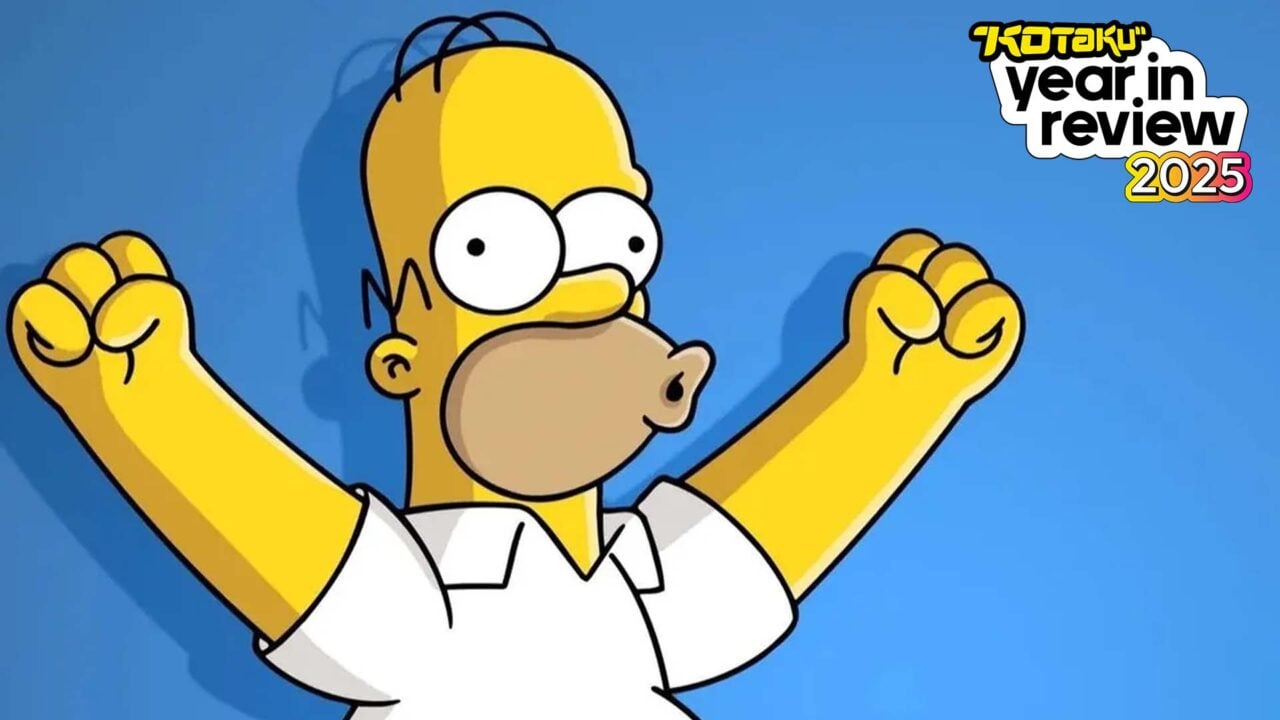A Summary of the Leading 10 Gaming Surprises in 2025
**The Surprises and Joys in a Tumultuous Year for Gaming**
2025 has proven to be a contentious year for the gaming world, characterized by concerns over the increase of AI-generated content and corporate greed jeopardizing cherished franchises. Nevertheless, amid these difficulties, both gamers and developers have discovered numerous bright moments and reasons to celebrate. Here, we look back on ten of the most delightful surprises and positive developments that surfaced throughout the year, reminding us that there’s still ample reason for optimism as we look ahead.
### **1. Elden Ring Nightreign Flourishes**
The gaming community was initially wary when FromSoftware revealed their shift from single-player action RPGs to an online multiplayer experience, *Elden Ring Nightreign*. Contrary to what many thought, it offered a distinctive blend of genres that expanded the *Elden Ring* universe and encouraged social interactions among players. The game surpassed expectations, solidifying its position as a possible frontrunner in a new era of cooperative gaming adventures.
### **2. Star Wars: Fate of The Old Republic Unveiled**
A standout moment of 2025 was the unexpected announcement of *Star Wars: Fate of The Old Republic*, a new single-player RPG helmed by the beloved game developer Casey Hudson. While fans were thrilled, they tempered their enthusiasm as the project remains years from its release, but the excitement over a spiritual successor to *Knights of the Old Republic* had many buzzing with eagerness.
### **3. Digital Foundry and Giant Bomb Become Independent**
In a challenging landscape for digital media, *Digital Foundry* and *Giant Bomb* made significant strides by becoming fully independent. This transformation signaled the dawn of a new era for content creation in gaming media, promising a revival of thoughtful, detailed analysis free from corporate constraints, and rekindling the essence of authentic gaming journalism.
### **4. Nintendo Introduces Virtual Boy Emulation to the Switch Online Catalog**
In a surprising move, Nintendo revealed the inclusion of Virtual Boy games in the Switch Online service, accompanied by retro emulation accessories. This revival of a somewhat obscure piece of gaming history delighted fans and demonstrated Nintendo’s readiness to embrace its past, revitalizing a lesser-known aspect of its legacy.
### **5. Terminator 2D: No Fate Was Worth The Wait**
The debut of *Terminator 2D: No Fate* surpassed lofty expectations, presenting exhilarating arcade-style action paired with stunning pixel art. Despite facing several delays, the final product was praised for encapsulating the spirit of the classic film and positioning itself among the finest in its genre, bringing joy to fans who had been eagerly anticipating its release.
### **6. Helldivers 2 Launches on Xbox, Gears Of War Reaches PlayStation**
The walls of console exclusivity began to crumble in 2025, with *Gears of War: Reloaded* being released on PlayStation 5 and *Helldivers 2* making its way to Xbox. This groundbreaking occurrence symbolizes a potential future of cross-platform gaming that could simplify access for players, no matter what console they own.
### **7. Id Software, Bethesda, and Ubisoft Studios Form Unions**
As the gaming sector faced its share of challenges, labor movements gained momentum with unionization campaigns at prominent studios such as Id Software and Bethesda. This advancement marked a shift toward enhancing working conditions for game developers, a positive indicator for the industry’s future.
### **8. Fortnite’s Mini-Simpsons Season Was A Hit**
Epic Games surprised many with a brilliantly executed mini-season of *Fortnite* themed around *The Simpsons*. The incorporation of cherished characters and settings proved successful, leading to enjoyable gameplay and a nostalgic journey for fans, highlighting that crossover events can enhance rather than detract from the experience.
### **9. Elder Scrolls IV: Oblivion Remastered Unexpectedly Released**
Bethesda grabbed attention with the surprising shadow-drop of *The Elder Scrolls IV: Oblivion Remastered*. This tactic of launching a significant title without prior promotional hype not only thrilled fans but also set a potential new precedent for how games could be unveiled in the future.
### **10. Hollow Knight: Silksong Finally Debuts After Extensive Anticipation**
Releasing at last after years of waiting, *Hollow Knight: Silksong* built on the success of its predecessor while retaining its beloved elements. The game has proven to be an exceptional sequel, illustrating that patience in game development can truly yield remarkable results.
As we contemplate 2025, it becomes evident that even amid adversity, the gaming industry continues to innovate, astonish, and delight its community. These moments foster hope that the future promises even greater excitement for both developers and gamers alike.






